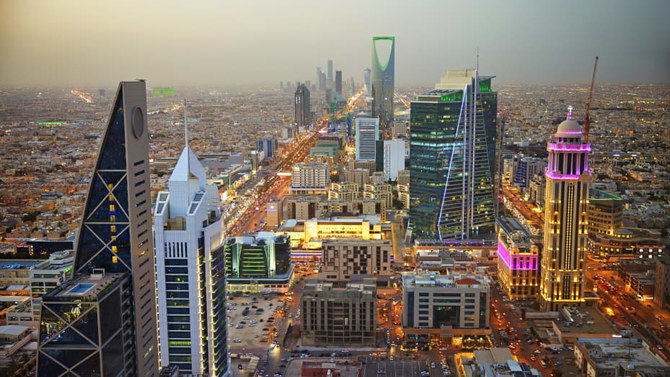
LONDON: The Muslim population of the UK has risen 44 percent in a decade, according to the latest census figures published by the Office for National Statistics. Of the country’s total population, 6.5 percent — 3.9 million people — are adherents of Islam.
Meanwhile, the second most common ethnic group in the UK is now “Asian, Asian British or Asian Welsh,” making up 9.3 percent of the population.
In figures showing that the UK has diversified apace since the last census in 2011, London is now two-thirds ethnic minority, while other major cities such as Leicester, Luton and Birmingham have become home to “minority majorities,” driven by significant increases in Asian communities from Pakistan, Bangladesh, India and East Africa.
The census is a survey of trends across the UK that is undertaken every 10 years to provide as accurate a picture of the makeup of the country as possible.
The 2021 census found that around 10 percent of UK households now contain members from at least two different ethnic groups, an increase of 8.7 percent.It also found that Punjabi and Urdu have become the fifth and sixth most common languages spoken in the UK, with 291,000 and 270,000 speakers respectively, making up around 1 percent of the total population.
The deputy director of the census, Jon Wroth-Smith, said: “Today’s data highlights the increasingly multicultural society we live in. The percentage of people identifying their ethnic group as ‘White: English, Welsh, Scottish, Northern Irish or British,’ continues to decrease. Whilst this remains the most common response to the ethnic group question, the number of people identifying with another ethnic group continues to increase.
“However, the picture varies depending on where you live. London remains the most ethnically diverse region of England, where just under two-thirds identify with an ethnic minority group, whereas under one in 10 identify this way in the North East.
“But despite the ethnically diverse nature of society, nine in 10 people across England and Wales still identify with a UK national identity, with nearly eight in 10 doing so in London.”










